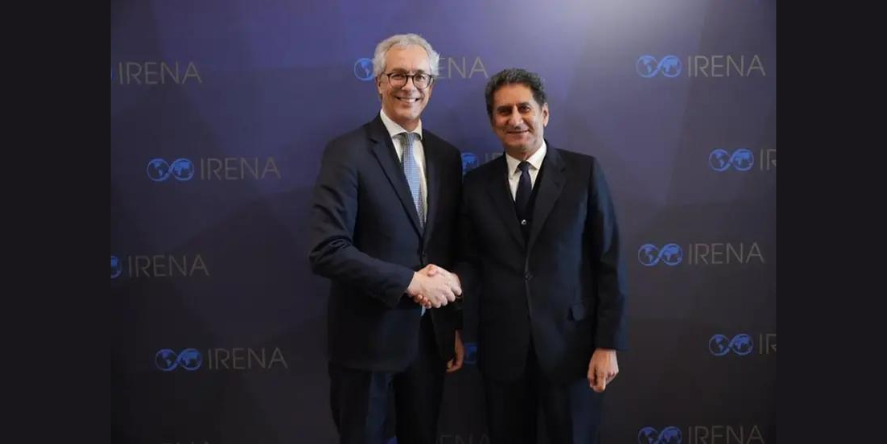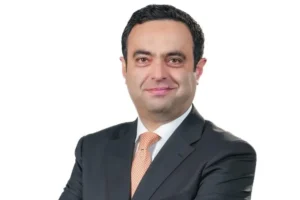The Sudden Emergence of NFTs
In March 2021, digital artwork from Mike Winkelmann was auctioned by Christie’s Auction House for $69 million. In July 2021, Sotheby’s auction house sold the source code of the World Wide Web for $5.4 million. At first sight, these auctions are ordinary and unremarkable; however, what’s unique about them is that none of the buyers received anything tangible from their rather expensive purchase.
They received a digital certificate or token of ownership that ties the digital asset to the owner. These certificates are called non-fungible tokens (NFTs), and they have been the subject of tremendous hype in the first half of the year. A variety of digital assets have been transacted on the internet, leaving most of us wondering if there are any lessons to be learned from the whole phenomenon.
Why Did NFTs Gain so Much Hype?
As with blockchain-based cryptocurrencies, NFTs have struggled to attain mainstream adoption after promising to revolutionize the concept of digital asset ownership. Although, before unpacking the future of NFTs, it is vital to understand what propelled the hype and why NFTs are still relevant.
As the world digitizes, a wide range of digital assets are being created and monetized. Forms of expressions such as digital art, blogs and even social media posts are gaining more eyeballs than ever. Creators in the digital space currently have limited options to monetize their content.
While sponsorships and brand integrations in the art are an option, creators usually feel that these options curtail their creative freedom and influence the originality of their content. Creators could sell their art digitally; however, in digital form, multiple exact replicas of an art piece could be created with no easy way of identifying the original copy.
Therefore, there is a need for a traceable method of transferring ownership of digital assets and verifying their authenticity. The problem of unverifiable claims of ownership of digital art has restricted revenue opportunities for digital artists for a long time, so NFTs gained instant interest and the attention of content creators when they emerged.
What Lies Beyond the Hype?
However, now that the hype over NFTs has ebbed and the sale of art as NFTs is slowing down in numbers and values, people have started wondering if NFTs are a sustainable model to continue and if there are more NFT applications beyond digital assets. The simple answer would be: no, NFTs are only hype for now, and there is no tangible, scalable use case for NFTs.
However, such an answer would be simplistic and misleading. In their current form, NFTs might not have the vitals to enable commercially viable use cases, but future iterations of NFT-based systems have the potential to reshape how contracts are being made in real estate, the music industry or even in e-commerce.
NFTs could simplify the process of tracking identity and ownership records without the need for centralized authorities to enforce contracts. Especially in the content creation industry, provided that content sharing platforms support it, creators can open up new revenue streams by selling their content to individuals who can further monetize their purchased content on the platform of their choice.
What Role will the Middle East Play?
NFT is a highly promising concept, and the recent hype has conclusively proven that NFTs are technically feasible and can be used in digital asset transactions. However, the current concept of NFTs is in its early form, and multiple pain points need to be ironed out before large-scale consumer adoption.
Just as well-known institutions such as the NFL have bought into the NFT ecosystem, major content creation and sharing platforms would also need to participate in the NFT ecosystem to accelerate widespread adoption. There has been some traction on this front, and the Middle East has even been an active participant in the early adoption of NFT.
Alex Alexandrov and Saudi Arabian artist Abdullah Qandeel collaborated this year to create artwork that was later auctioned as an NFT. The Middle East has even seen the emergence of a startup, Jumy, which established a marketplace for NFTs in the region. While there are countless examples of promising initiatives across the globe, widespread adoption of NFTs is far away. The Middle East will play a critical role in making it happen with its patronage of arts and culture.
About the Author:

Hiten holds a Masters in Business Administration from Alliance University, Bangalore.
Hiten’s interest lies in Information and Communication Technologies and he specializes in areas such as Cybersecurity and Marketing Technology (MarTech). He has experience in working with disruptive startups and has been tracking innovations in the global startup ecosystem extensively. Hiten has worked with a number of leading software giants and government agencies in assignments related to Technology Scouting, Competitive Analysis and Strategy Building.
Prior to Frost & Sullivan, Hiten has worked with Course5i and Persistence Market Research, contributing to their research efforts in Audience Measurement, Technology Tracking and Market Measurement related to a wide range of ICT technologies
Authored By: Hiten Shah, Senior Analyst, TechVision, Frost & Sullivan



















